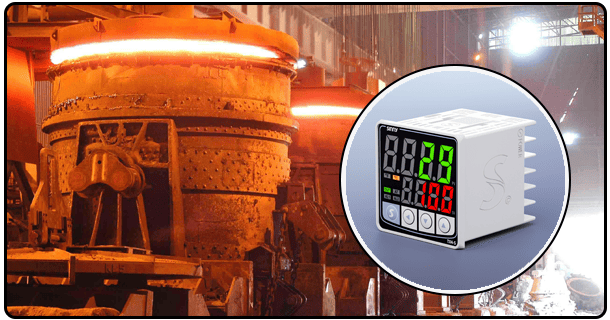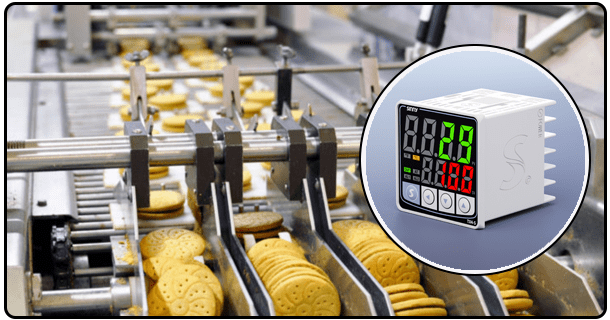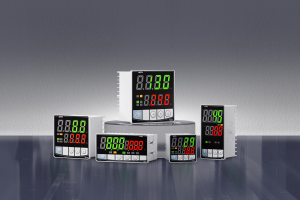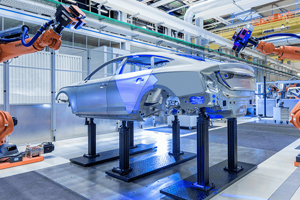Temperature PID Controller IC: A Comprehensive Guide
1.The "Temperature Control PID IC: Applications and Trends", Features
 https://www.sinny.com/economical-4-digit-dual-display-pid-temperature-controller.html
https://www.sinny.com/economical-4-digit-dual-display-pid-temperature-controller.html
The Temperature PID Controller (Proportional Integral Derivative), IC, plays an important role in the modern systems of temperature regulation. This compact integrated circuit is designed to ensure precise temperature control in industrial and consumer applications. They are the leading edge of technology, allowing seamless integration and ensuring maximum performance. The article explores the principles of operation, benefits, and trends for Temperature PID Controllers.
2. Working Principle
PID is an advanced algorithm that regulates processes in a dynamic manner. The PID control mechanism is composed of three basic components:
Proportional Control: The output is adjusted proportionally by the temperature difference between desired and actual. This ensures quick response.
Integral control: This eliminates residual error by integrating it over time. It improves long-term stability.
Derived Control: Predicts system behaviour, improving dynamic response and preventing overshoot.
These functions can be executed accurately and reliably when implemented in an IC. The IC constantly monitors sensor input, calculates error and adjusts output to reach the desired temperature.
3. The Key Features
The temperature PID controller ICs have a number of unique features.
High Accuracy Advanced algorithms provide precise temperature control.
Wide sensor compatibility These ICs are compatible with thermocouples (thermocouples), RTDs and thermistors. They can be used for a variety of applications.
Compact design: These circuits are compact due to their integrated design.
Enhanced Connection: Microcontrollers, communication protocols and modern ICs are integrated to ensure seamless system interactions.
Apps
They are indispensable for a wide range of applications due to their versatility.
Industrial Processes:
Chemical plants.
Automated Manufacturing Systems
Food production lines.
Consumer Electronics
Air conditioning and refrigeration units.
Modern ovens, cooking appliances and other equipment.
Medical Devices
Neonatal incubators for care.
Lab equipment that requires precise temperature control.
The ICs are used in each application to improve operational efficiency, lower energy consumption and increase safety.
4. Popular Models
Many manufacturers provide high-quality Temperature PID Controllers ICs that are tailored to meet specific needs. Some of the best-known models are:
MAX1978 by Analog Devices: High-performance IC with precision and flexibility.
Texas Instruments MSP430 series is ideal for low-power application.
Microchip Technology MCP Series offers cost-effective and robust solutions.
Every model is unique and caters to different needs. From industrial performance to consumer-oriented applications, each has its own specifications.
Benefits
The benefits of temperature PID controller ICs are numerous:
Energy Efficient By reducing temperature variations, these ICs maximize energy use.
Reduced Overshoot PID algorithms provide rapid stabilization while avoiding exceeding the setpoint.
Versatility : They are adaptable to a variety of sensors and systems.
Cost-Effectiveness: By integrating PID into a IC, the number of separate components is reduced. This reduces overall costs.
Challenges
Despite these advantages, ICs have certain limitations.
Environmental Constraints Extreme temperature or electromagnetic interference may affect performance.
Complexity of Initial Setup: Expertise is required to fine-tune PID parameters.
Considerations for Cost: ICs with high performance may be more expensive upfront.
5. Future Trends
Temperature PID controller ICs are closely linked to new technologies.
IoT integration: Remote monitoring and control are possible with IoT. This increases efficiency and convenience.
AI Driven Optimization Machine Learning Algorithms can improve the tuning of PID parameters, and ensure optimal performance.
Miniaturization : The advancements of semiconductor technology have made these ICs smaller, and this has opened up many new applications.
The trends indicate that PID controllers will become smarter and more efficient in the future, as well as seamlessly integrated with smart systems.

6. The conclusion of the article is:
The temperature PID controller ICs provide precise and effective temperature control across a wide range of applications. They are a keystone in modern technology because they optimize energy consumption, provide stability and improve process control. These ICs have a profound impact on the regulation of temperatures in medical and industrial devices. Discover the power of Temperature PID Controllers ICs and revolutionize your system today.
Discover the World of Temperature PID Controllers. Discover their features, functions, principles and applications. "Perfect for both industrial and consumer uses."
- Tuning Temperature PID Controllers: Principles and Methods
- The Complete Guide to PID Temperature Controls





















